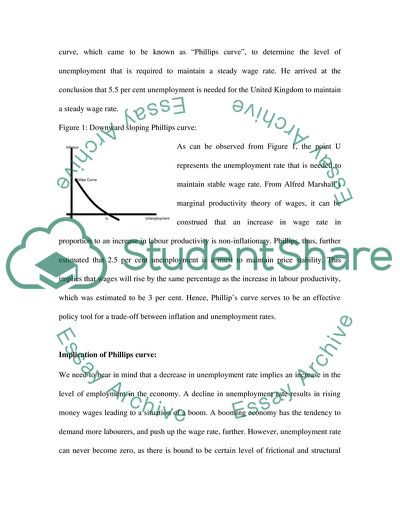Cite this document
(Phillips Curve and Unemployment - Inflation Dilemma for Policy Makers Coursework, n.d.)
Phillips Curve and Unemployment - Inflation Dilemma for Policy Makers Coursework. https://studentshare.org/macro-microeconomics/1712258-unemployment-inflation
Phillips Curve and Unemployment - Inflation Dilemma for Policy Makers Coursework. https://studentshare.org/macro-microeconomics/1712258-unemployment-inflation
(Phillips Curve and Unemployment - Inflation Dilemma for Policy Makers Coursework)
Phillips Curve and Unemployment - Inflation Dilemma for Policy Makers Coursework. https://studentshare.org/macro-microeconomics/1712258-unemployment-inflation.
Phillips Curve and Unemployment - Inflation Dilemma for Policy Makers Coursework. https://studentshare.org/macro-microeconomics/1712258-unemployment-inflation.
“Phillips Curve and Unemployment - Inflation Dilemma for Policy Makers Coursework”. https://studentshare.org/macro-microeconomics/1712258-unemployment-inflation.


